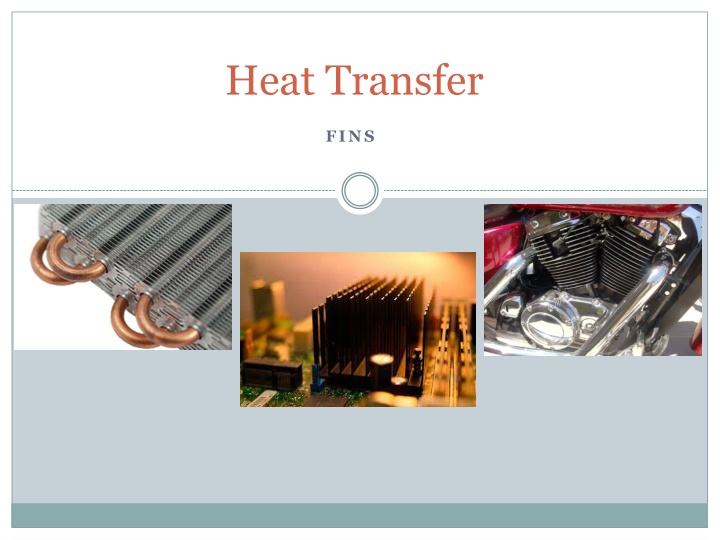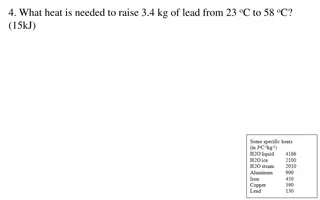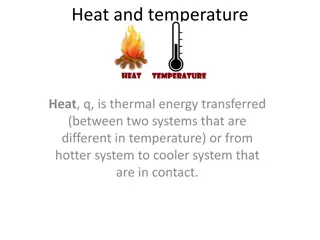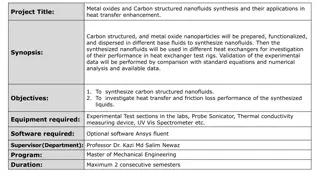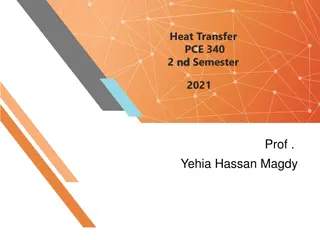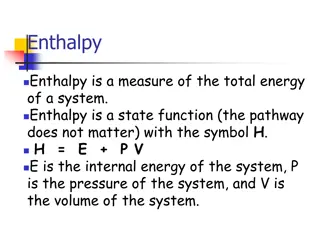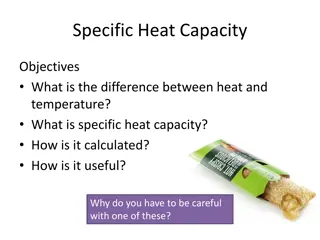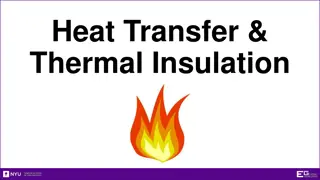Introduction to Heat Transfer Fins and Applications
Fins are utilized to improve heat transfer efficiency in various applications such as radiators, heat exchangers, electric motor cooling, and electronic equipment cooling. Different types of fins, including rectangular, circular, triangular, and conical, play a crucial role in enhancing heat transfer. The energy balance equation for heat transfer involving conduction and convection is also explained.
Download Presentation

Please find below an Image/Link to download the presentation.
The content on the website is provided AS IS for your information and personal use only. It may not be sold, licensed, or shared on other websites without obtaining consent from the author.If you encounter any issues during the download, it is possible that the publisher has removed the file from their server.
You are allowed to download the files provided on this website for personal or commercial use, subject to the condition that they are used lawfully. All files are the property of their respective owners.
The content on the website is provided AS IS for your information and personal use only. It may not be sold, licensed, or shared on other websites without obtaining consent from the author.
E N D
Presentation Transcript
Heat Transfer FINS
Introduction Fins are generally used to enhance the heat transfer from a given surface. Application areas of fins are: 1. Radiators for automobiles 2. Heat exchangers of a wide variety, used in different industries 3. Cooling of electric motors, transformers, etc. 4. Cooling of electronic equipment, chips, I.C. boards etc.
Types of fins: There are innumerable types of fins used in practice some of the more common types are shown in Fig. Fins of rectangular(a), circular(i), triangular(d), and conical(g)
Energy going into the element by conduction = (Energy leaving the element by conduction) + Energy leaving the surface of the element by convection) ??= ??+??+ ?????
